Baking Essentials: Understanding the Real Differences between Baking Pans and Sheets
Have you ever found yourself standing in the aisle of your favorite kitchen supply shop, hopelessly perplexed by a variety of bakeware? Is it a baking pan or a baking sheet? Dark or light in color? Which is better, nonstick or regular? What’s the finest option for your favorite chocolate chip cookies, your favorite roast chicken, or your best friend’s birthday cake? Isn’t it possible to feel overwhelmed?
The difference between a baking pan and a baking sheet may look little, but it can have a huge influence on your bakery. Both are kitchen necessities, yet they have distinct purposes and impacts. A baking pan is good for foods that require a more liquid batter or combination, such as cakes, breads, casseroles, and pies. Baking sheets, on the other hand, are suitable for meals that require a flat surface and even heat distribution, such as cookies, scones, pizza, and roasted vegetables.
Baking Pan vs. Baking Sheet: What’s the Difference?

Baking pans and baking sheets, while often used interchangeably in the kitchen, have distinct differences.
A baking pan is generally a rectangular, square, or round dish with high sides. This design help to contain the batter of cakes, breads, or other baked goods that will rise during the cooking process. The high sides help to shape the food and also prevent the juices or liquid ingredients from spilling. Baking pan is a necessary in our kitchen as it can be used for baking from cakes to casseroles, think about all the delicious banana breads, lasagnas, or roasted chickens, all of these can be achieved by a good baking pan.
On the other hand, a baking sheet, also known as a cookie sheet, is a flat, rectangular metal tray with low or no sides. This design allows air to circulate around food and is a great option for foods that don’t rise much and require crispness, such as cookies, scones, pastries, and roasted vegetables. Understanding these differences between baking pans and baking sheets is important to achieve the desired results in baking.
How can the choice between a baking pan and a baking sheet affect the cooking time?
The choice between a baking pan versus a baking sheet can significantly impact cooking time for a few key reasons:
- Heat exposure – Baking sheets allow direct bottom heat contact which speeds up cooking and browning. Pans insulate sides and spread heat more gently.
- Air flow – Sheets have open surfaces that promote air circulation, reducing cooking time. Pans block air flow and retain moisture, slowing cooking.
- Material – Sheet materials like aluminum or steel increase conductivity and reduce cook times. Insulated or glass pans extend time.
- Size – Large sheet surface area speeds cooking by spreading food out. Compact pans slow cooking for smaller condensed items.
- Depth – Shallow sheets cook thin foods faster. The depth of pans requires more time to thoroughly heat deeper foods all the way through.
- Absorption – Pans absorb moisture, keeping baked goods soft and moist for longer baking. Sheets allow moisture escape.
For quick-cooking items like cookies that benefit from crispness, an open baking sheet significantly reduces cook time. For cakes and batters needing gentle, even baking, a deeper pan with insulated sides extends cooking time but improves moisture retention.
What’s the impact of a rimmed vs. rimless baking sheet?



The presence or absence of a rim on a baking sheet impacts cooking in a few key ways:
- Containment – Rimmed sheets contain juices, oils, marinades during roasting or broiling. Rimless allow liquides to drip off.
- Edge Browning – Rims can shield the outer edges of food from direct heat, reducing browning. Rimless sheets promote all-over browning.
- Air Flow – Rimless sheets allow for more air circulation, decreasing cooking times. Rims partially block airflow.
- Small Foods – Rims prevent small foods like vegetables, shrimp or nuts from sliding or falling off the pan.
- Food Placement – Rims provide a surface to push and gather food back toward center if needed during cooking.
- Smoke Control – Rims minimize excessive smoke from oils and marinades.
For most tasks, rimmed sheet pans are preferable for containing foods and their drippings. But rimless cookie sheets can be ideal for achieving a crispier crust on items like pizza. The key is choosing sheets with or without rims based on the specific cooking goals.
Can I Substitute a Baking Pan for a Baking Sheet and Vice Versa?
ou might think baking pans and baking sheets are pretty much the same thing, but using one instead of the other can change how your baking turns out.
For example, if you use a baking pan instead of a sheet for cookies, they might not bake evenly because the air doesn’t move around as much. On the other hand, using a baking sheet instead of a pan for a cake or lasagna could lead to a big mess in your oven if it spills over.
Specialized Bakeware: Do You Need It?






Besides the usual baking pans and sheets, there are loads of special baking tools made just for certain types of food.
If you often bake a specific kind of food, getting one of these could be a good idea. For example, if you love baking bread, a bread loaf pan might be a good choice. If muffins are your thing, think about getting a muffin trays. Pizza fans might want to look into perforated pizza pans or pizza stones, and cookie lovers could benefit from special cookie sheets.
These special tools might not be for everyone, but if you’re often baking the same stuff, they can make your baking experience even better.
Conclusion: So, Baking Pan or Baking Sheet?

Choosing baking pan or baking sheet depends on which kind of pastry you plan to make. Both of them have important roles in the kitchen. The right baking tools can make baking more fun and make your meal better. Always choose the one that works best for you and make sure it is of good quality and safe to use.
Remember, cooking is all about trying new things and learning. Next time you bake, why not switch your usual tools and see what happens? Who knows, a different baking tool can help you discover a new favorite recipe!

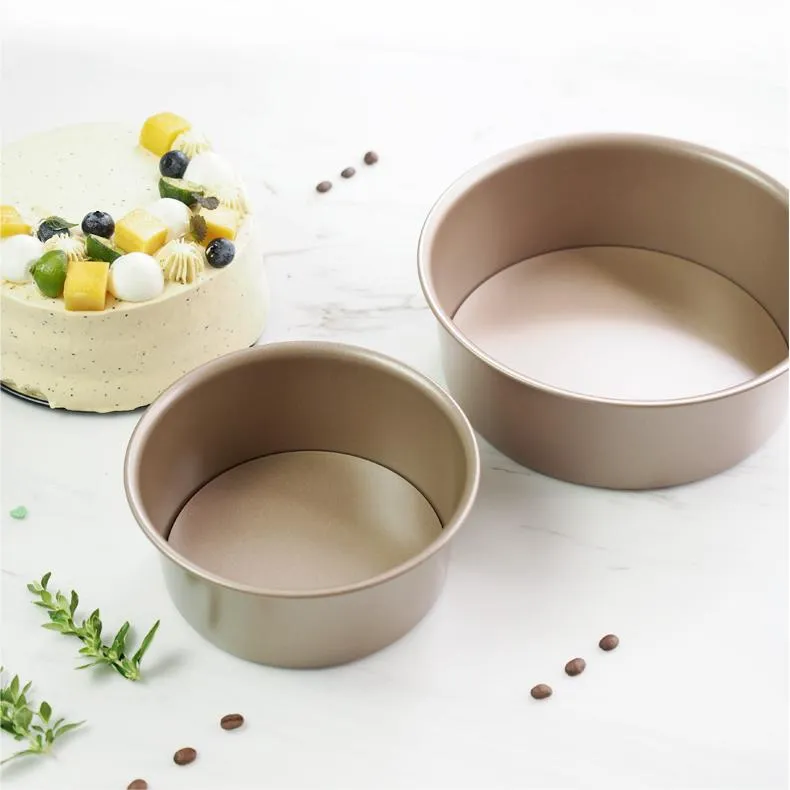
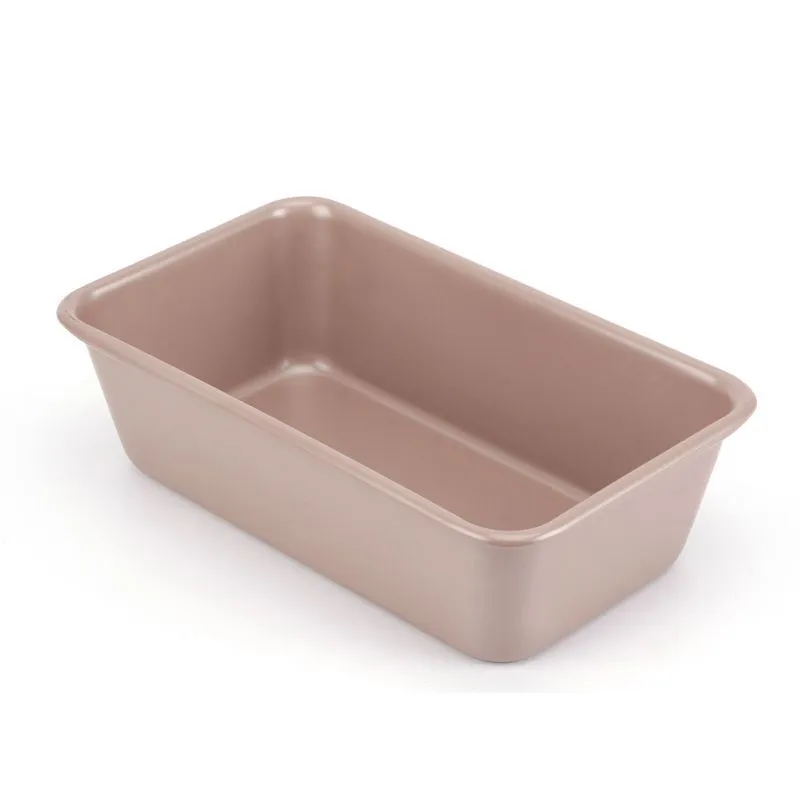
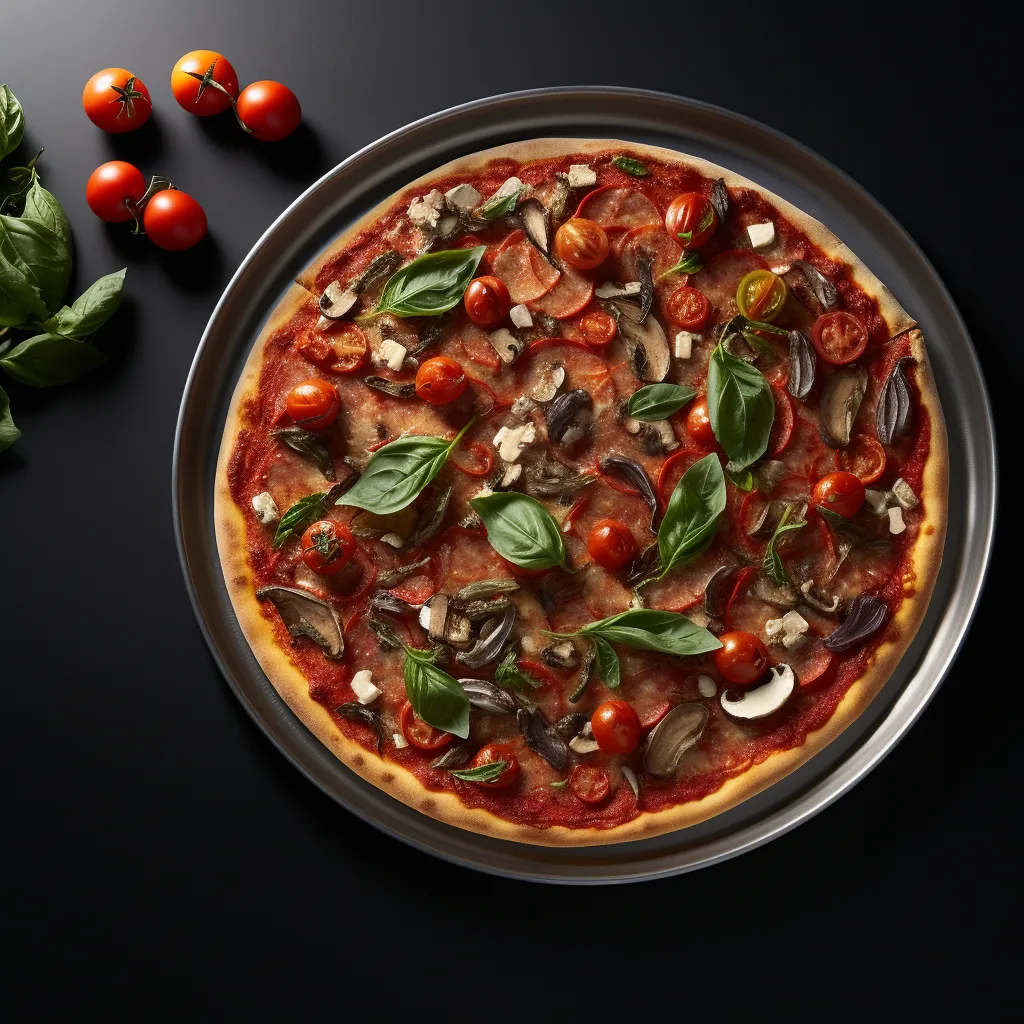
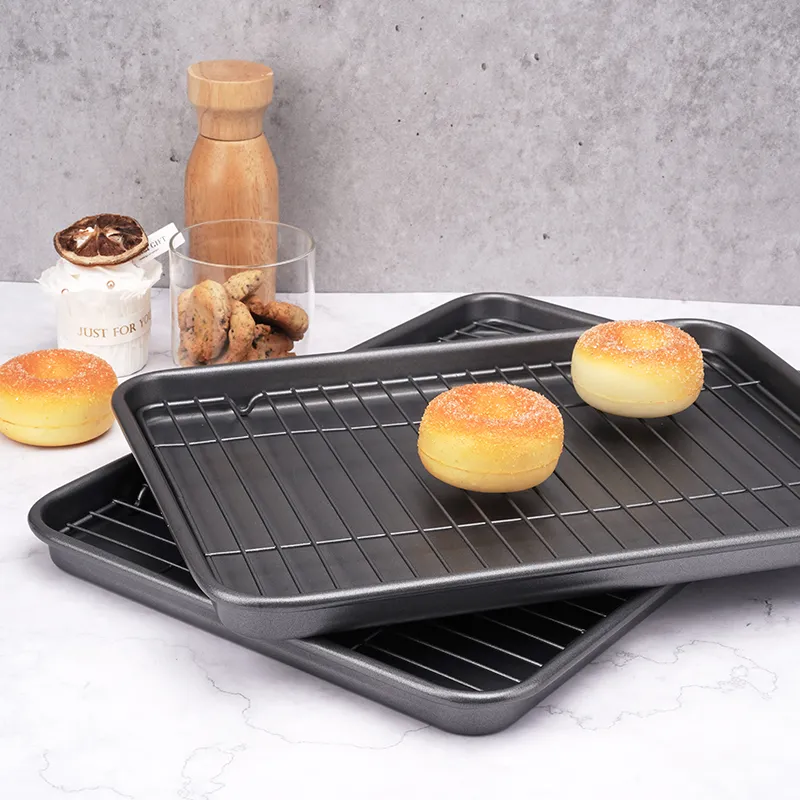


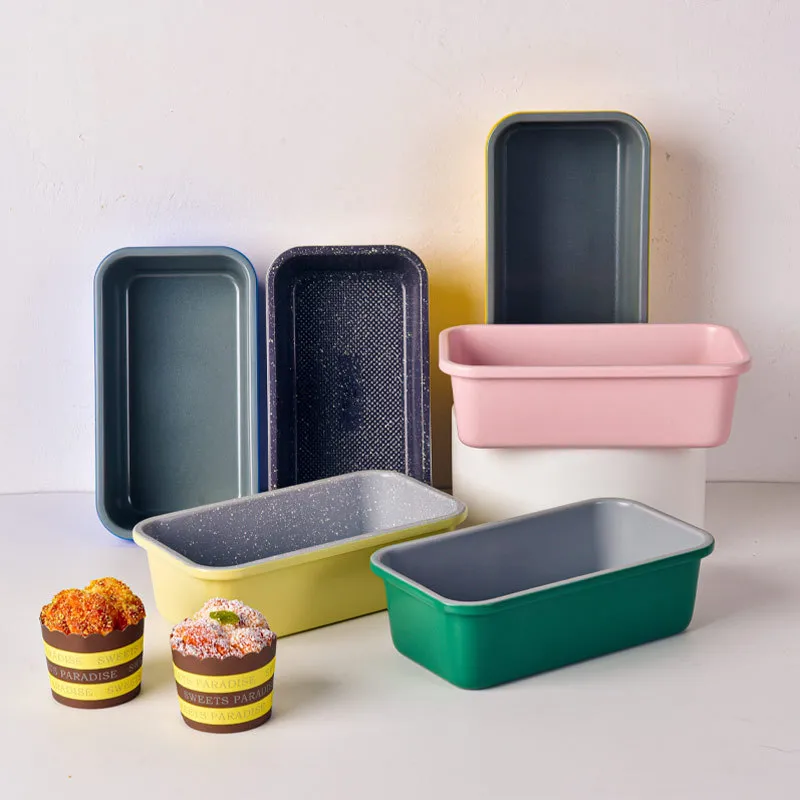

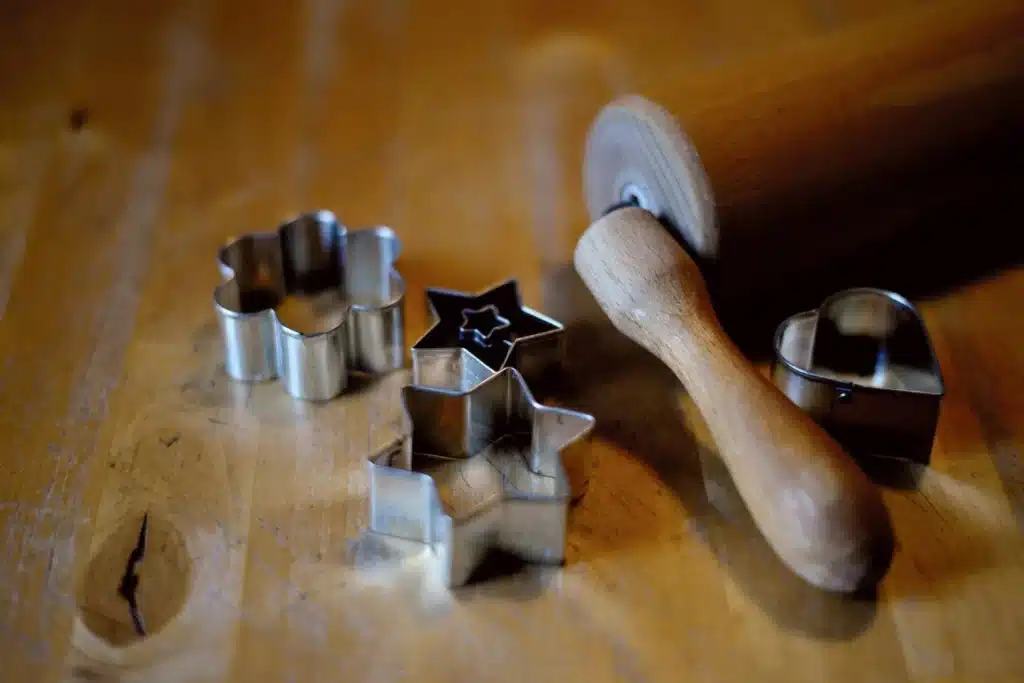
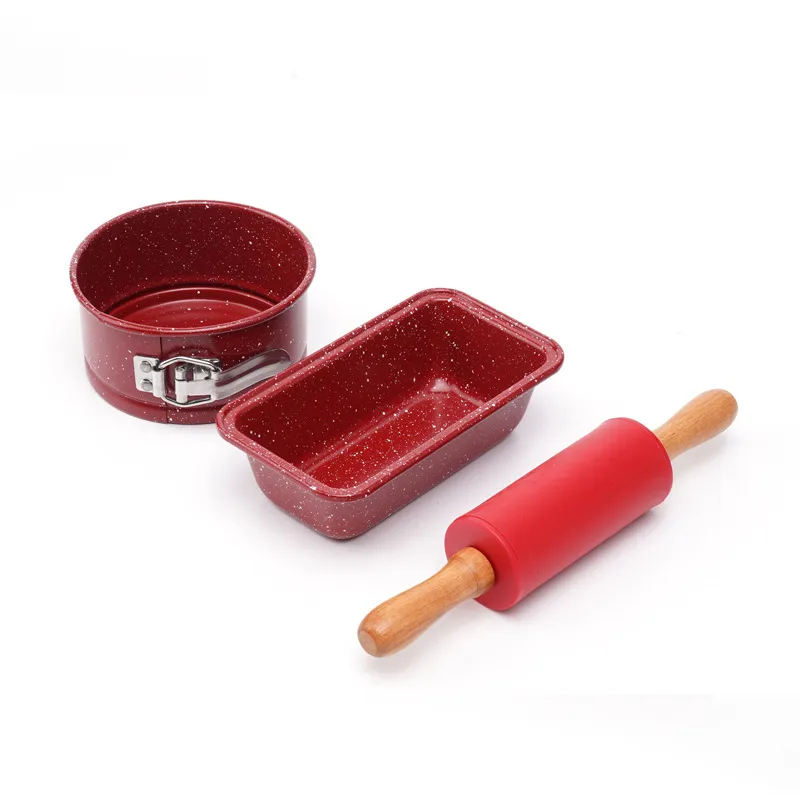







7 Responses
Thanks for sharing. I read many of your blog posts, cool, your blog is very good.
Thanks for sharing. I read many of your blog posts, cool, your blog is very good.
Your point of view caught my eye and was very interesting. Thanks. I have a question for you.
Can you be more specific about the content of your article? After reading it, I still have some doubts. Hope you can help me.
Thank you for your sharing. I am worried that I lack creative ideas. It is your article that makes me full of hope. Thank you. But, I have a question, can you help me?
Fourweekmba This is really interesting, You’re a very skilled blogger. I’ve joined your feed and look forward to seeking more of your magnificent post. Also, I’ve shared your site in my social networks!
I don’t think the title of your article matches the content lol. Just kidding, mainly because I had some doubts after reading the article.